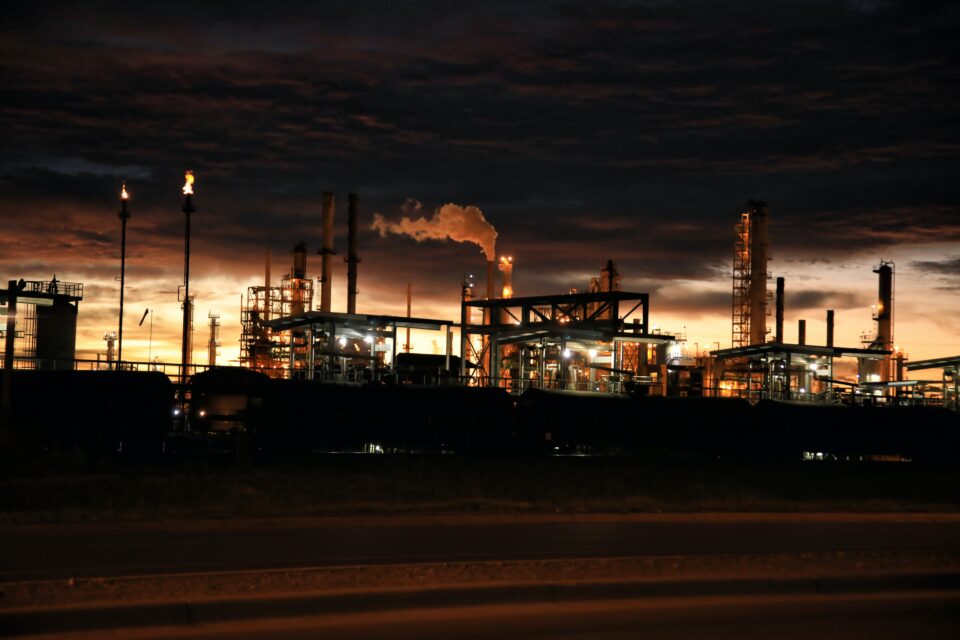Waste-derived fuel (RDF) is a fuel obtained from the chemical-physical treatment of municipal solid waste that allows energy to be produced from waste.
It is obtained by removing organic fractions and non-combustible elements from waste. After treatment is completed, the RDF is arranged in cylindrical blocks, called ecobales, and delivered for final incineration in special plants called pyrolysis plants.
HOW DOES PYROLYSIS WORK?
The pyrolysis process allows waste disposal with high energy recovery, without solid and gaseous pollution. Today, “pyrolysis” of waste is a healthy alternative to the use of traditional incinerators, which are, moreover, very expensive and with burdensome maintenance while the evolution for waste disposal is through the use of pyrolysis furnaces, which are much more efficient and very low maintenance equipment.
A pyrolysis plant disposes of waste through what is known as pyrolysis, a process of thermochemical decomposition of organic materials, achieved by the application of heat in a reducing environment (complete absence of an oxidizing agent such as oxygen). The heat provided in the pyrolysis process breaks down the material’s original chemical bonds, forming simpler molecules.

Using temperatures between 400 and 600°C, waste pyrolysis converts the material from a solid state to liquid products (pyrolysis oil) and gases (syngas), which in turn can be used as fuels or secondary feedstocks for subsequent chemical processes.
The solid carbonaceous residue (carbon black) obtained can be further refined by providing products, such as activated carbon. Pyrolysis gas (syngas) is produced in a controlled mode in the pyrolysis reactor, minimizing pollution risks and optimizing the total extraction of the produced gas.
The pyrolysis plant produces no processing residues and does not pollute: all incoming material is disposed of, even the waste itself, largely composed of carbon dioxide if not reused , can be vitrified.
The reduction of pollutants is not achieved by adding more or less complex filters or devices but simply by eliminating the source of pollution at its origin. There are no ashes, nano-particles, unburned fumes, dioxins, furans or anything else released into the atmosphere at the end of the transformation cycle.
Pyrolysis is an energy cycle capable of directly disposing of the waste produced on-site without having to depend on landfills. The result is energy in a much less polluting form when compared to that produced by fossil fuels.
The gas (syngas) resulting from pyrolysis is generally used for subsequent heating of the furnace itself. Any electricity produced can be used to replenish the existing grid or to create new distribution lines where they are lacking.
To summarize and simplify, pyrolysis plants can process RDF waste in order to obtain green energy.
BENEFITS OF PYROLYSIS
Continuous feed pyrolysis process enables high energy recovery waste disposal without solid and gaseous pollution.
- It does not produce Dioxins, PM 10, polycyclic aromatic hydrocarbons, furans and benzofurans;
- It involves insignificant environmental impact;
- It is not a combustion or incineration plant, but a conversion plant;
- It has no wastes.
It can also be used at other waste disposal facilities that use different approaches, such as plasma torches:
The application of the Plasma Torch on the waste allows to generate a reaction “zone” where the temperature is between 3,000 and 4,000°C. In this area, the organic waste decomposes: the carbon is free to react with the oxygen, which is introduced directly into the reaction area, forming a synthesis gas essentially composed of carbon monoxide and molecular hydrogen.
In the chemical processes linked to the various phases, there are no emissions of toxic gases, such as dioxins, furans and SVOCs (Semi-finished Volatile Organic Compounds), there is no production of slag and bottom ash containing unburnt materials and heavy metals, and no fly ash containing heavy metals (cadmium, mercury, lead, etc.).
Eng. Fabio Manenti and Demix Group are collaborating with SuissOil on several fronts to raise awareness of these plants and more.
IF YOU WOULD LIKE TO RECEIVE MORE INFORMATION PLEASE CONTACT US



